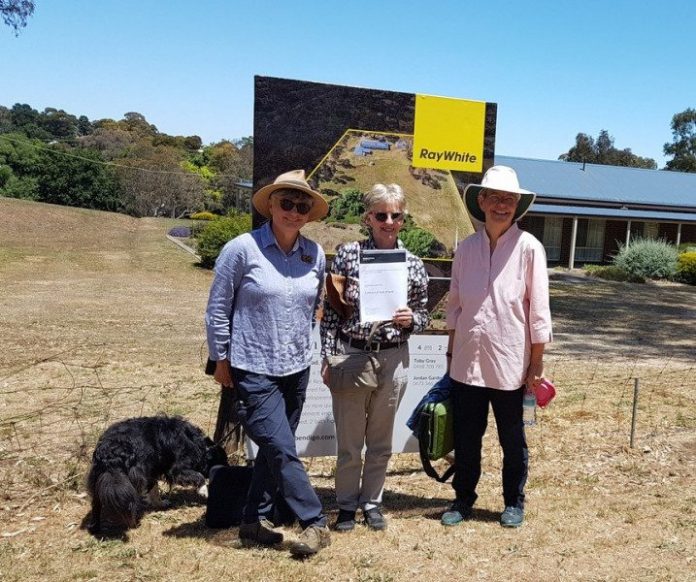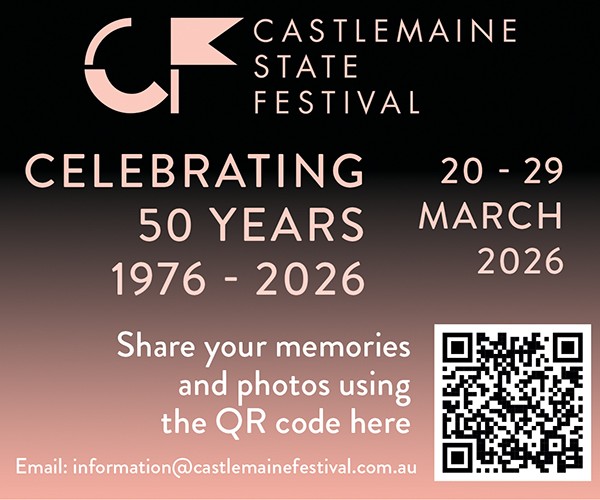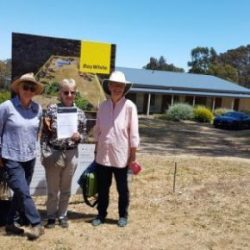
The current housing market is becoming untenable for many; particularly low-income earners, young people, and ageing members of our community. As a consequence, councils, government, and interest groups like My Home Network, are discussing innovative solutions such as tiny houses, air rights to council-owned buildings, and an increase in share housing and co-ops. One group of innovative older women have recently spent a little over $2 million on a five-acre property in Castlemaine to build a small village consisting of 30 units and a common house.
Older Women in Cohousing Inc (WINC) formed in 2017, consists of 35 members aged between 52 and 78. Originally looking for property in the Daylesford region the group was unable to find anything suitable and began exploring elsewhere. Largely due to its proximity to public transport and its lively and active community that has a thriving music and arts scene and embraces lesbian culture the group decided on the Castlemaine area. Another positive for the group was a community that strives to achieve affordable housing and sustainability, plus the gold rush history and the architecture of the region.
WINC member Mary-Faeth Chenery told the Mail they have been working on the project for five and a half years, but found it difficult to find land.
“We found a property in Castlemaine and it’s a wonderful piece of land, close to town and large enough for the units plus the common house, which will be a place where the women are able to eat and cook together when they want. It will be a place to gather together for music or movies or to be booked for parties.
“Everything has been designed to increase incidentally running into your neighbours, such as a shared laundry and car parking, things that help prevent isolation.”
The common house will include an exercise space and two guest rooms that can be booked by residents when having friends or family coming to stay. The design will include inclusive access for wheelchairs and walking frames and have handrails throughout.
“There will be around 15 homes for buy-in, four for social housing, and ten for what we call ‘middle women’, those with some assets but not enough to buy a property, using a creative approach such as a shared equity or investment partner,” Mary-Faeth said.
“We’ve already had a lot of enquiries from people and expect to have a waitlist once the building is completed.”
Members will be required to sign an agreement to sell their houses to another member of WINC in the event of their death or decision to sell, so the asset can remain within the cohousing model.
The group is hoping to have planning completed in six to eight months and to have a design and builder lined up by the end of the year. WINC is anticipating building will commence next year and members will be moved in 18 months after that.
“We’re not only developing our own community but also developing a model that can be used by others,” Mary-Faeth said.
Another group considering alternative housing models for ageing members of the community is Last Home Partners Inc, a not-for-profit exploring the possibility of long-term rentals for senior residents who are receiving government benefits.
Last Home Partners founder Clif Edwards is hopeful that recent changes in leasing and tenancy laws will allow for a new model of housing that involves a partnership between landowners and renters.
“Our difference is we want a decent home for people to live in, not a retirement village home scenario or a limit of 40 or 60 square metre home, but real homes with living spaces, workshops, and studios,” Clif said.
“Our model uses the income generated from government pensions and rent assistance to fund the building of the home. Ideally, we’d love to find people on rural and farming properties to partner with.
“There are a lot of people in our region that are past retirement age and are looking for secure housing. We’re still very much in the formulation phase but we’ve had positive feedback from peak bodies so far,” he said.






